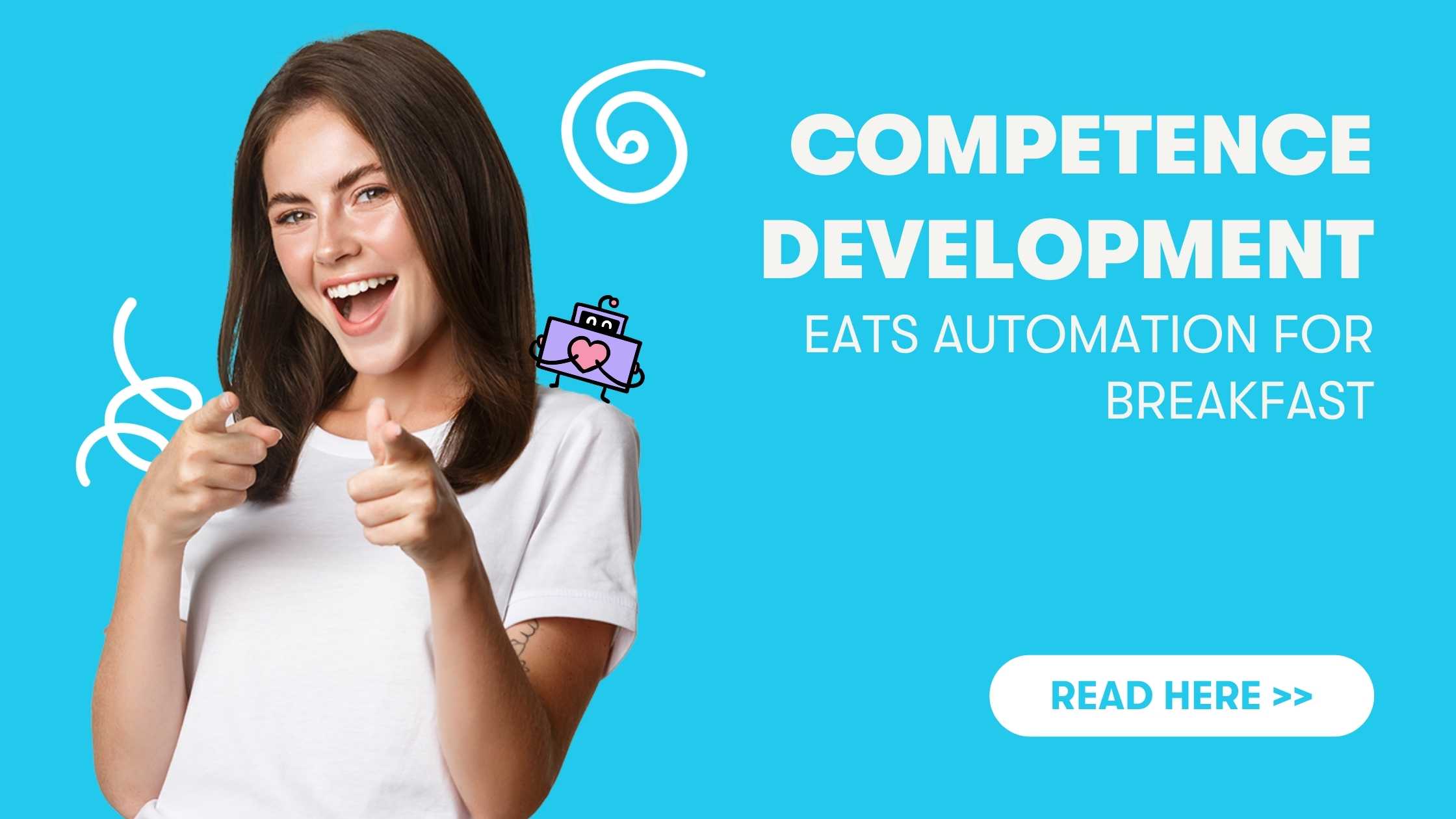Companies live off the orders they receive from their customers. Regular customers, i.e. customers who order regularly, enjoy the greatest popularity. And if a customer's order process is then handled with little effort, their happiness is almost complete. A well-known German electronics retailer is one of the lucky companies to have a customer who regularly placed between three and 12 orders a day. If only there wasn't the cumbersome ordering process.
Info: The use case was planned, executed and supported by Bots and People and is considered a success story for process automation within the company - a large German electronics manufacturer. Hybrid process automation using Robotic Process Automation (RPA) and API automation is a common method.
Ariba Platform: Is it possible to automate order entry?
This was the question facing a well-known electrical manufacturer. Customers can send in orders on the Ariba platform. The customer can define very flexibly what an order mask should look like. This often poses challenges for the internal customer care team. The company's own warehouse has to be compared with the ordered goods, delivery data has to be transferred, or goods that are no longer available have to be marked as such or rejected. There are many manual and repetitive steps within the process. There are no standard interfaces between Ariba and, for example, SAP as the warehouse system. The use of RPA was an excellent solution in such a case.
When considering and evaluating processes for automation, automation potential and automation capability is always a very big question. The automation potential for processes involving the Ariba platform is high. This is mainly due to the possibility of vertical scaling of the automated process. Once you have automated the first customer on the SAP Ariba platform, developing similar customers requires much less effort.
In this case, the electronics manufacturer first addressed a customer that had a high order volume. The next companies, were identical in terms of the process flow and graphical interface, as well as the process steps. In this case, the electronics manufacturer did not incur any additional time or costs. After the Ariba Bot went live, only companies with the identical process flow had to be "switched on".
In the second step, the electronics manufacturer looked for customers who had only minor changes compared to the initial process. This enabled them to scale the SAP Ariba platform in terms of automation within a very short time.

SAP Ariba and Warehouse: The Process in Detail
Using access to the customer's ordering system, the electrical retailer was able to view the customer's orders and - as requested by the customer - confirm delivery capability and delivery date. If a new order was placed by the customer, it popped up in the Zendesk customer service and CRM sales software and generated a ticket.
Using the ticket's order number, an employee or staff member logged into the customer's order portal and searched for the order that was to be delivered at a specific time. When he or she saw what the customer had ordered, he or she had to go to the customer's own SAP system, which was connected to the warehouse, and check whether the desired item was in stock in the required quantity and available for delivery at the specified time.
An employee of the electrical retailer then had to log back into the customer's order portal and confirm the delivery or a partial delivery - if there were not enough items in stock - and the delivery time. This completed the order and the customer knew when his delivery would arrive. The process was further complicated by a number of exceptions, such as bundle orders with different delivery times.
Ariba Platform Automation with RPA and API
To prepare for the use of RPA, exceptions, among other things, are critical. Exceptions, are rules within the process that represent planned deviations. What happens if a purchase order contains multiple items, not just one? What happens when one line item receives multiple items? These are all questions that should be asked before developing automation.
You should also think about frequency. What is the order volume per day? The electronics manufacturer recorded between 12-15 orders for one customer. In total, there were more than 30 customers on the Ariba platform. A significant volume and in a manual state, a very labor intensive process. The electronics manufacturer used Zendesk as its ticketing system. All new orders converged there and are processed centrally. Importantly, Zendesk has a standard API, which led us to a hybrid solution between RPA and API.
An RPA bot uses the Zendesk API to pull the tickets from Zendesk with the order numbers and then checks in the SAP system whether all orders can be delivered, whether they can be delivered at the desired time, or whether they can only be partially delivered. Once he has collected all the necessary information for the orders in the SAP system, he logs into the customer's order portal and transfers the information from the electrical retailer's SAP system to the customer portal.
He then compares each individual order with his information from the electrical retailer's SAP system, enters in the respective order whether the order is complete, partially deliverable or not deliverable at all, and adds the various delivery times or confirms them. The order is thus confirmed and the RPA bot closes the ticket.
RPA and API for high transaction volume
The use case shows that focusing on individual process automation technologies does not usually lead to success. On the contrary, RPA and APIs can complement each other, depending on the constellation, to solve specific automation requirements. Especially when companies use applications that work well for their requirements, but the transfer capabilities of data to other applications need improvement, automation solutions that combine RPA and API are a good way to support higher-volume transaction workflows as well.
The combination of APIs often makes a pure RPA project cheaper. Fewer steps need to be developed in the bot. This minimizes the overall development time and thus increases the return on investment (ROI). Therefore, care should always be taken to use the best combination of different technologies for the individual process steps.
Manual editing only for exceptions
With the help of RPA and API automation, employees almost no longer have to take action. Only if the order could not be processed properly, the RPA bot creates a ticket with a tag via the Zendesk API, which is forwarded by the internal logic of the Zendesk application to one or the other employee for manual follow-up. While in the past up to 60 orders a week had to be processed manually, today there are perhaps only three exceptions that require manual follow-up.
The Ariba platform: the result of automation
For the employees of the electronics manufacturer, automation has been a great relief to their daily routine. The free time resources can now be put into new, perhaps creative projects. For the electronics manufacturer's customers, it also means greater reliability in confirming or changing orders. Once the bot's exceptions have been cleanly defined, the error rate of an RPA bot is zero percent.
For the company, automation enabled a cost benefit and higher customer satisfaction. Employee satisfaction and acceptance for process automation should not be underestimated, especially in the early days of introducing automation. Employees who are enthusiastic about automation can act as ambassadors.
Tip: Feel free to contact us if you are using SAP Ariba and are also considering automation. We will take a look at the process for free and give you our honest feedback. We are very experienced with the SAP Ariba platform and have already implemented several automations there.











.png)




